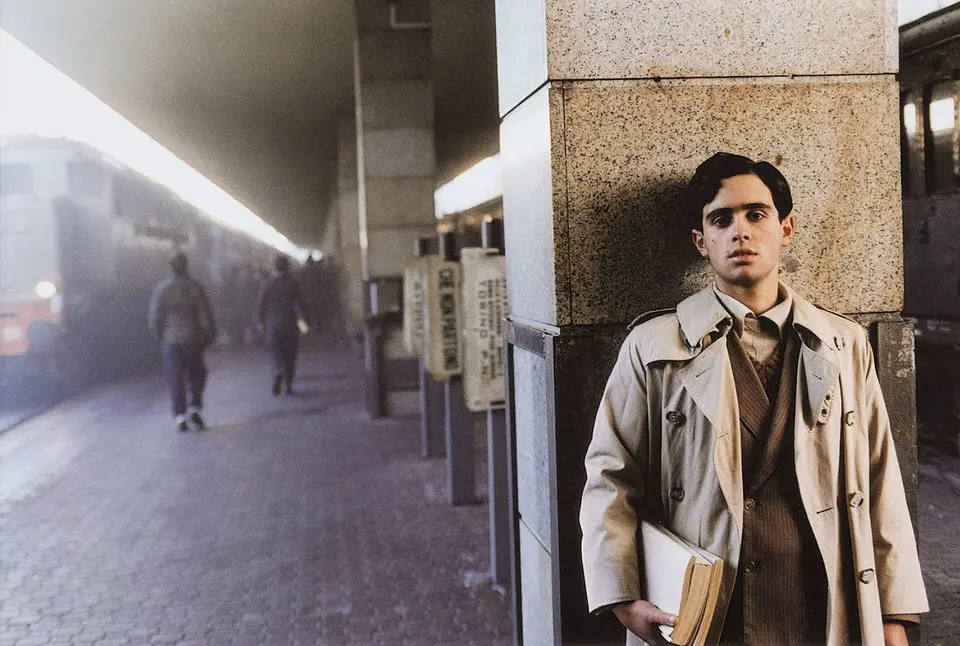

In 1958 a group of immigrants from Southern Italy arrive in Turin, at Porta Nuova Station. In the scenes that follow, Turin appears grey and gloomy seen through the eyes of a family looking for their home: they walk through Piazza San Carlo, stopping at a building which is certainly not “their” place, the man commenting on the beauty of the columns in the atrium of Palazzo Paesana in via della Consolata “this must be where the boss of Turin lives”. The family continues on in search of their dwelling, passing by the “Duomo of Milan”, really the Mole Antonelliana, and resting on a bench in Piazza Carlo Emanuele II, beneath a statue of Camillo Benso di Cavour. A year later, one of them, Giovanni, is working at the Porta Palazzo market at night. Over the years, Giovanni manages to put some money aside by taking advantage of the misery of other immigrants like him, to provide his brother Pietro with a standard of living that enables him to study. However, Pietro is not the model of the perfect student: while on a tram, he takes a wallet that has been stolen by someone else, removes the money and throws the rest into the River Po. In Galleria Umberto I, Giovanni receives a letter and later Pietro will look for his brother here to tell him about passing his exam. In the most dramatic scene in the film, Pietro watches his brother meet a man in Palazzo Madama Cristina. The ending takes place in the station where the story began six years before.
In 1958 a group of immigrants from Southern Italy arrive in Turin, at Porta Nuova Station. In the scenes that follow, Turin appears grey and gloomy seen through the eyes of a family looking for their home: they walk through Piazza San Carlo, stopping at a building which is certainly not “their” place, the man commenting on the beauty of the columns in the atrium of Palazzo Paesana in via della Consolata “this must be where the boss of Turin lives”. The family continues on in search of their dwelling, passing by the “Duomo of Milan”, really the Mole Antonelliana, and resting on a bench in Piazza Carlo Emanuele II, beneath a statue of Camillo Benso di Cavour. A year later, one of them, Giovanni, is working at the Porta Palazzo market at night. Over the years, Giovanni manages to put some money aside by taking advantage of the misery of other immigrants like him, to provide his brother Pietro with a standard of living that enables him to study. However, Pietro is not the model of the perfect student: while on a tram, he takes a wallet that has been stolen by someone else, removes the money and throws the rest into the River Po. In Galleria Umberto I, Giovanni receives a letter and later Pietro will look for his brother here to tell him about passing his exam. In the most dramatic scene in the film, Pietro watches his brother meet a man in Palazzo Madama Cristina. The ending takes place in the station where the story began six years before.

Cecchi Gori Group
Six days, between 1958 and 1964, tell the story of the close bond between Giovanni and Pietro, brothers from Sicily who have emigrated to Turin. The elder brother, illiterate Giovanni, will do everything he can to ensure that Pietro gets his teaching diploma.